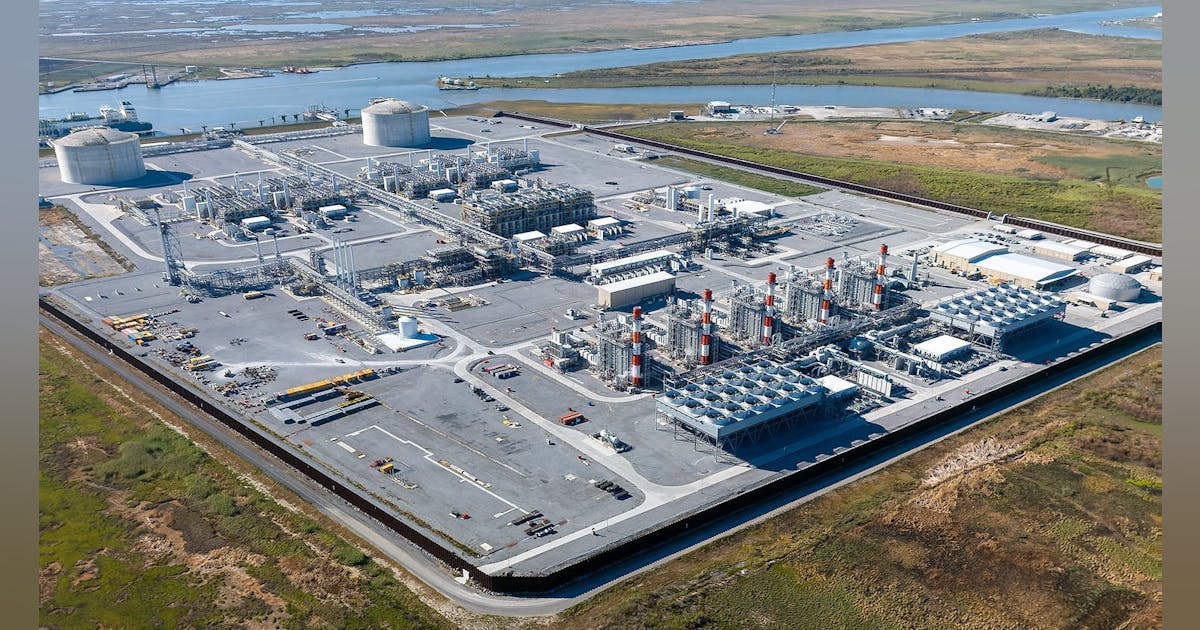
U.S. commercial crude oil inventories, excluding those in the Strategic Petroleum Reserve (SPR), increased by 2.6 million barrels from the week ending March 28 to the week ending April 4, the U.S. Energy Information Administration (EIA) highlighted in its latest weekly petroleum status report.
That report was released on April 9 and included data for the week ending April 4. It showed that crude oil stocks, not including the SPR, stood at 442.3 million barrels on April 4, 439.8 million barrels on March 28, and 457.3 million barrels on April 5, 2024. The EIA report highlighted that data may not add up to totals due to independent rounding.
Crude oil in the SPR stood at 396.7 million barrels on April 4, 396.4 million barrels on March 28, and 364.2 million barrels on April 5, 2024, the report outlined. Total petroleum stocks – including crude oil, total motor gasoline, fuel ethanol, kerosene type jet fuel, distillate fuel oil, residual fuel oil, propane/propylene, and other oils – stood at 1.607 billion barrels on April 4, the report showed. Total petroleum stocks were up 1.5 million barrels week on week and up 15.7 million barrels year on year, the report revealed.
“At 442.3 million barrels, U.S. crude oil inventories are about five percent below the five year average for this time of year,” the EIA said in its latest weekly petroleum status report.
“Total motor gasoline inventories decreased by 1.6 million barrels from last week and are the same as the five year average for this time of year. Finished gasoline inventories increased and blending components inventories decreased last week,” it added.
“Distillate fuel inventories decreased by 3.5 million barrels last week and are about nine percent below the five year average for this time of year. Propane/propylene inventories increased by 1.5 million barrels from last week and are five percent below the five year average for this time of year,” it continued.
U.S. crude oil refinery inputs averaged 15.6 million barrels per day during the week ending April 4, according to the EIA’s report, which highlighted that this was 69,000 barrels per day more than the previous week’s average.
“Refineries operated at 86.7 percent of their operable capacity last week,” the EIA noted in the report.
“Gasoline production decreased last week, averaging 8.9 million barrels per day. Distillate fuel production decreased last week, averaging 4.7 million barrels per day,” it added.
U.S. crude oil imports averaged 6.2 million barrels per day last week, the report stated, outlining that this was a decrease of 277,000 barrels per day from the previous week.
“Over the past four weeks, crude oil imports averaged about 6.1 million barrels per day, 6.9 percent less than the same four-week period last year,” the EIA said in its report.
“Total motor gasoline imports (including both finished gasoline and gasoline blending components) last week averaged 778,000 barrels per day, and distillate fuel imports averaged 69,000 barrels per day,” it added.
Total products supplied over the last four-week period averaged 19.6 million barrels a day, down by 1.9 percent from the same period last year, the EIA stated in its report.
“Over the past four weeks, motor gasoline product supplied averaged 8.6 million barrels a day, down by 2.8 percent from the same period last year,” it noted.
“Distillate fuel product supplied averaged 3.8 million barrels a day over the past four weeks, up by 7.3 percent from the same period last year. Jet fuel product supplied was up 5.2 percent compared with the same four-week period last year,” it added.
In a Skandinaviska Enskilda Banken AB (SEB) report sent to Rigzone by the SEB team on Thursday, Ole R. Hvalbye, Commodities Analyst at the company, noted that the EIA report “showed a build in commercial crude inventories of 2.6 million barrels last week, compared to the API’s forecast of a one million barrel draw”.
“With the latest build, U.S. crude inventories stand at 442 million barrels, down 15 million from the same week last year,” he added.
“Gasoline inventories fell by 1.6 million barrels (vs. API’s +0.2 million forecast), while distillate inventories declined by 3.5 million barrels (vs. API -1.8 million),” he continued.
“In total, crude, gasoline, and diesel inventories declined by 2.6 million barrels, while refinery utilization rose 0.7 percentage points to 86.7 percent,” he went on to note.
Hvalbye stated in the report that, altogether, this represents a relatively seasonal and expected development.
In an oil and gas report sent to Rigzone by the Macquarie team late Monday, Macquarie strategists revealed that they were forecasting that U.S. crude inventories would be up by 9.3 million barrels for the week ending April 4.
“This follows a 6.2 million barrel build for the week ending March 28, with last week’s crude balance realizing modestly looser than our expectation,” the strategists said in that report.
In its previous weekly petroleum status report, which was released on April 2 and included data for the week ending March 28, the EIA highlighted that U.S. commercial crude oil inventories, excluding those in the SPR, increased by 6.2 million barrels from the week ending March 21 to the week ending March 28.
To contact the author, email [email protected]























